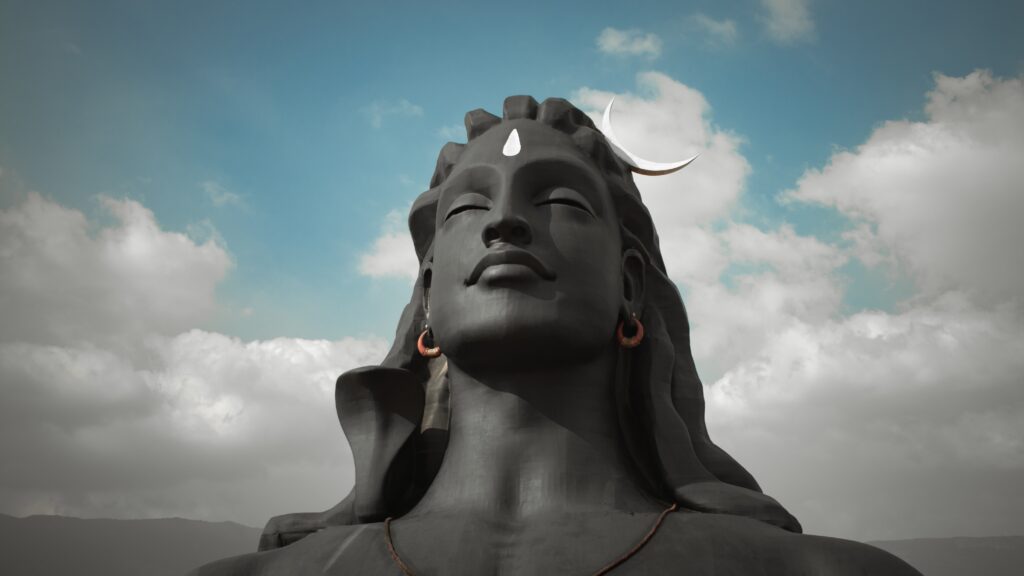Tantra Vaastu
Lord Shiva holds a prominent place in Tantra Vidya and Hindu belief systems. He symbolizes the union of Shiva and Shakti, representing cosmic balance. Shiva is associated with both creation and destruction, personal and cosmic breath, and the reduction of entropy in the system. He rules over different aspects of existence, including energy fields beyond the light. Shiva’s versatility is highlighted as a warrior, artist, musician, dancer, and the father of Ganesha and Kartikeya. Surrounded by Ganas and extensions, he synchronizes all existence, maintaining cosmic order and balance.

Nakaraha Shankaraha Prokta, Dakaraha Parvati Smrutaha, Iti Nadaha, Iti Shiv Shakti Samaveshanaha
नकारः शंकरः प्रोक्ता | दकार: पार्वतिस्मृतः ।
इति नादः | इति शिवशक्तिसमावेशनः ||
Lord Shiva, the cosmic controller, embodies mysticism through his dance, unlocked by various Tantras. Exploring Lord Shiva and his dimensions is the essence of Tantras. Shiva represents Ichcha (cosmic will), Jnana (wisdom), and Kriya (cosmic action), forming the foundation of Tantras. Their unity opens the fourth dimension of time, Yoni Varge Kala Shariram, with nodes as gateways to the fifth and sixth dimensions. Tantras aim to access these dimensions. In the words of J. Krishnamurthy, “In ending, there lies new beginnings.” Tantra facilitates this renewal, unifying the opposing dimensions of Lord Shiva and Goddess Bhavani, symbolized by their different animal vehicles.
The Ling Bhairavi symbolizes the union of Shiva and Shakti, with the Lingam representing the formless Shiva and Bhairavi representing the manifest Shakti. This Shakti is Tripur Sundari, who governs the three states and three Puras – head (Shir), heart (Ur), and solar plexus (Udar). Tripur Sundari, embodied by Ma Parvati, manages desires, enhances wisdom, and guides emotions towards Lord Shiva.
In Vaastushastra, Shiva is represented by the elements and Shakti or Ma Parvati is represented by the two sources of the energy. Their positive confluence makes the Shastra as the Mahatantra. The great book Kamika Aagam defines it as:
Vaastu Tantre Mahatantre,
Shiva Shakti Samodaye
|| वास्तुतंत्रे महातंत्रे
शिवशक्ति समोदये ||

